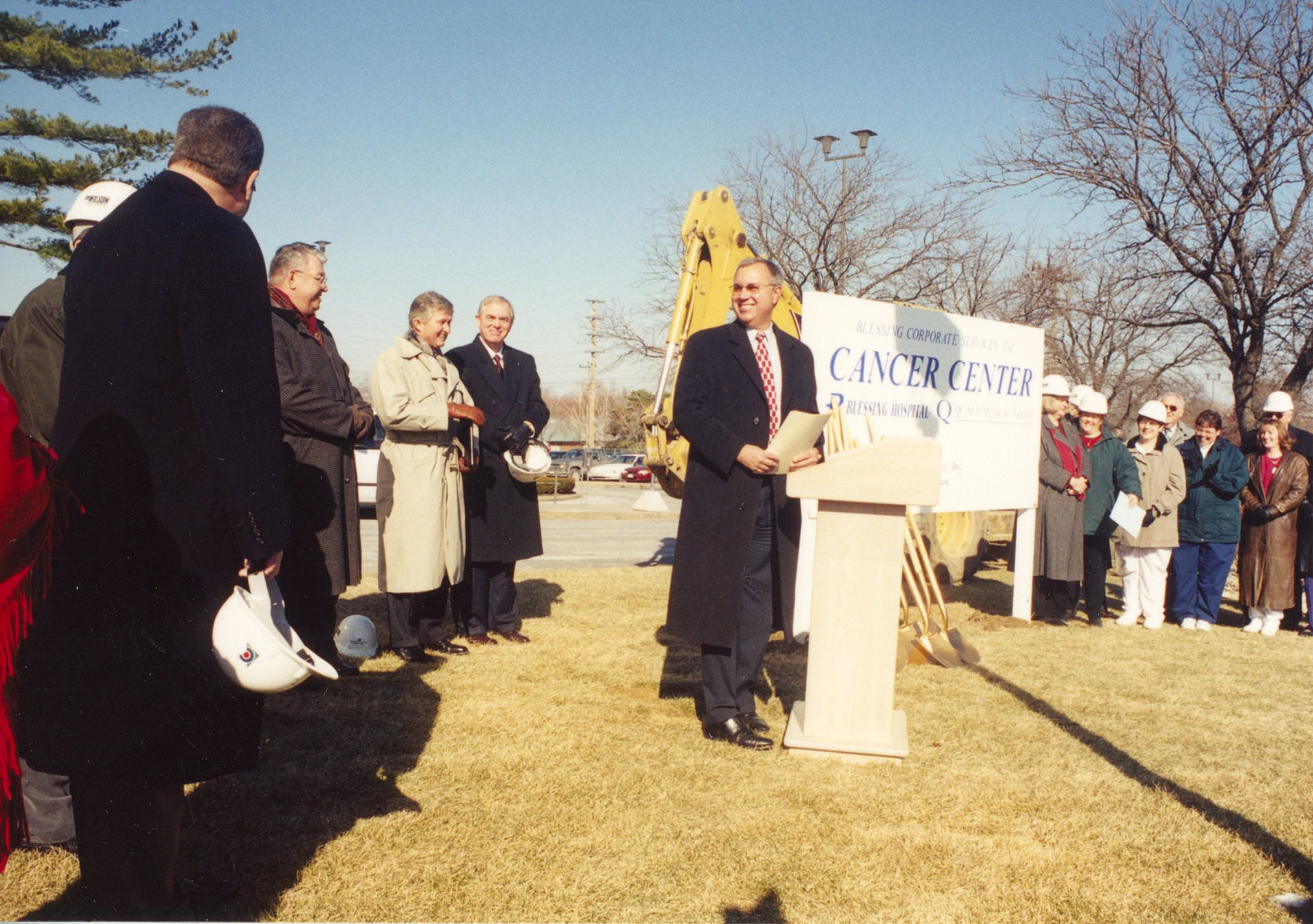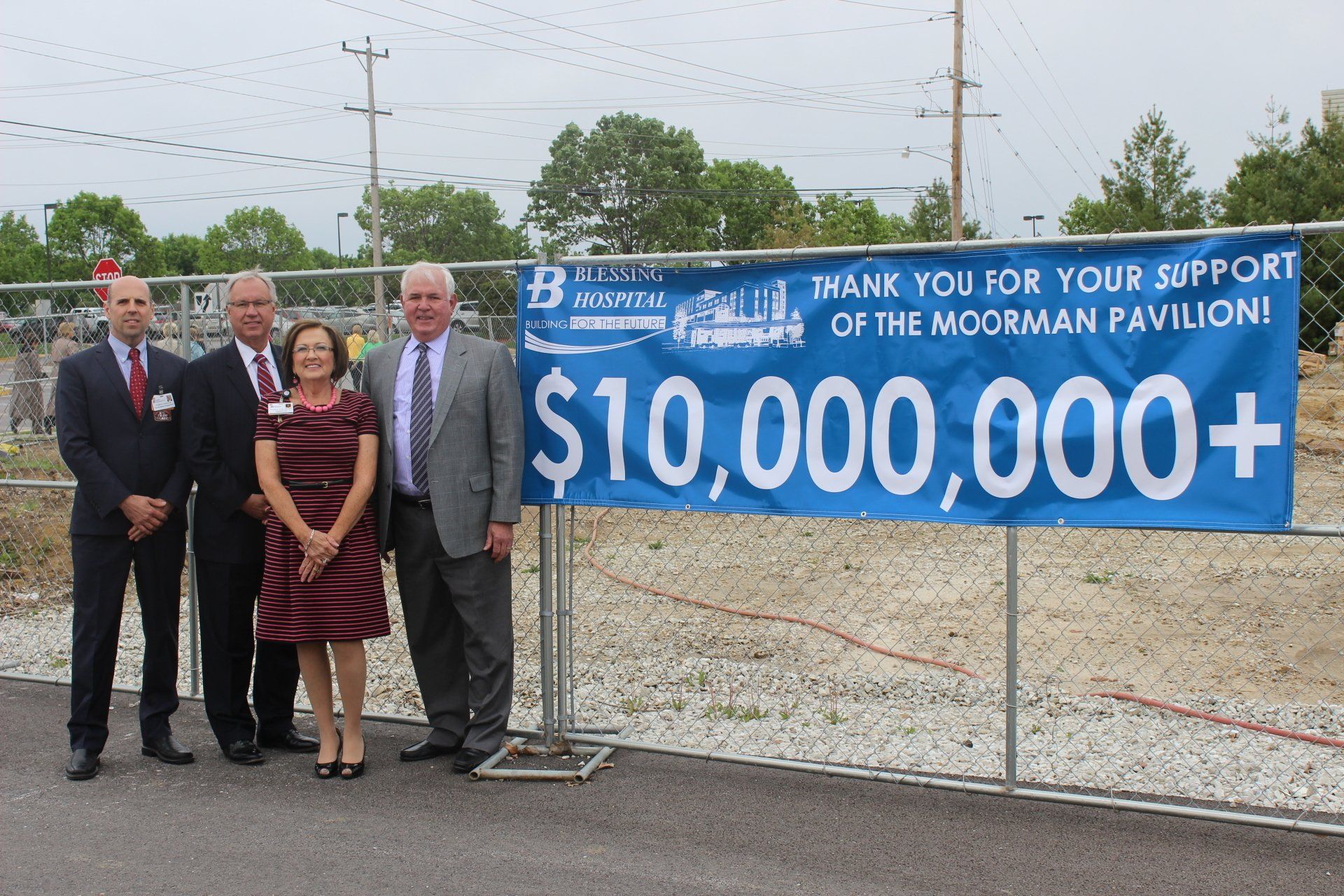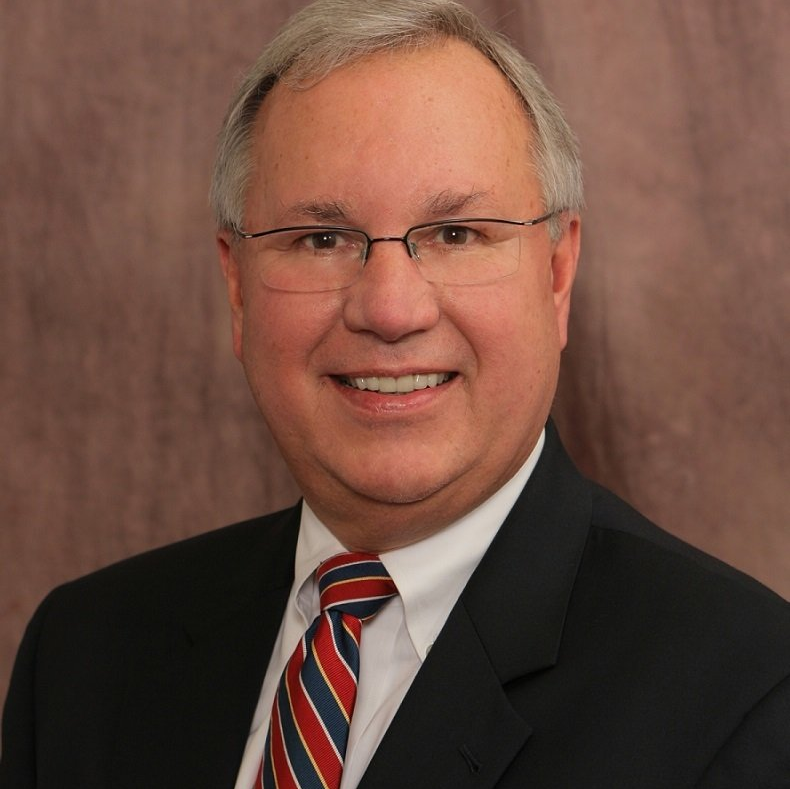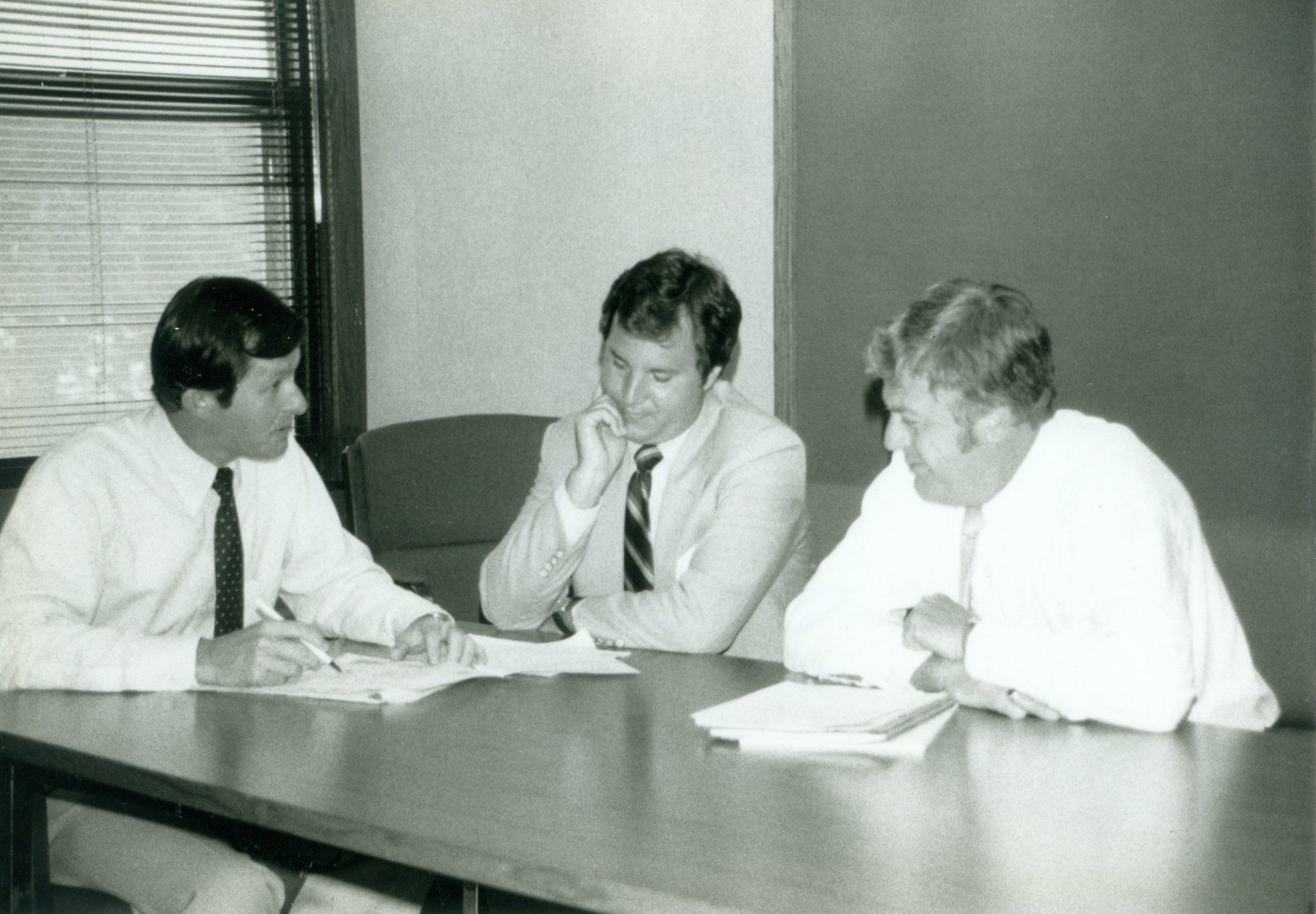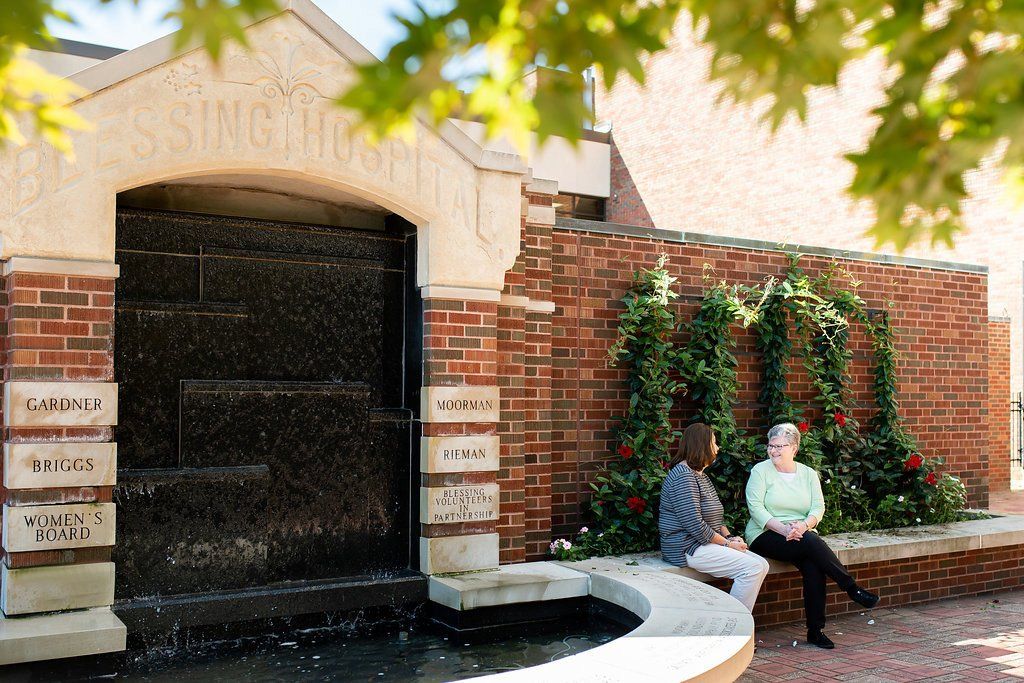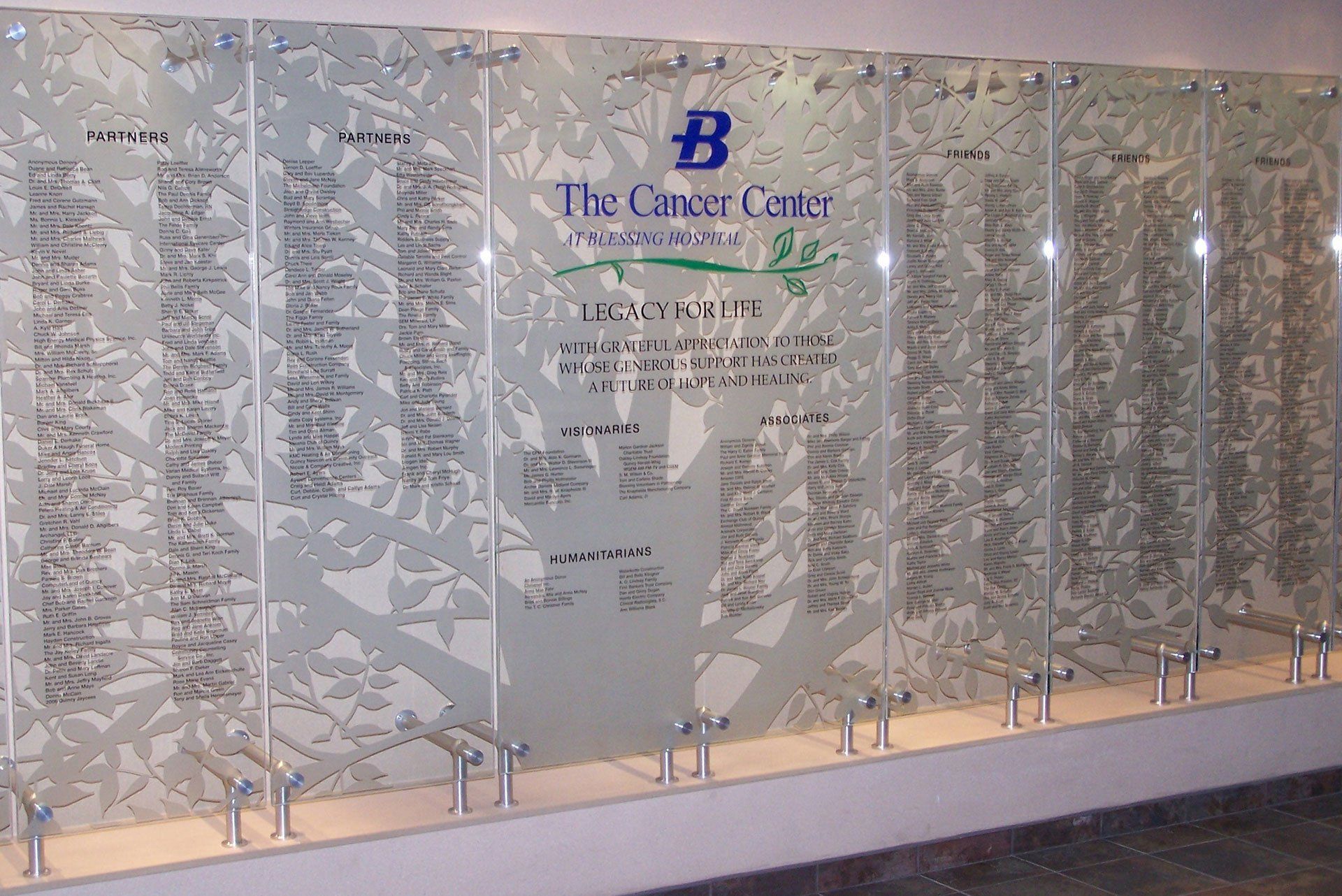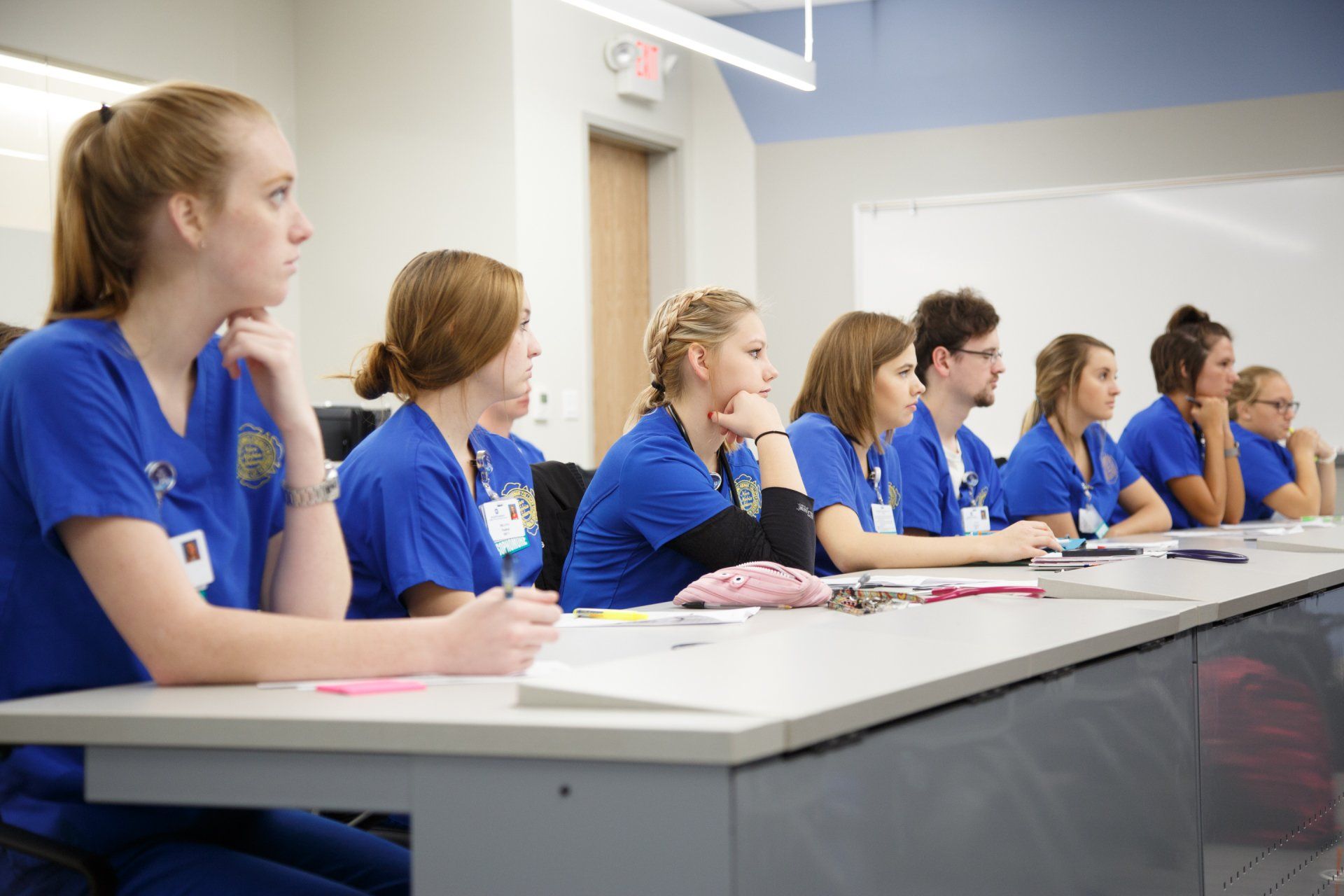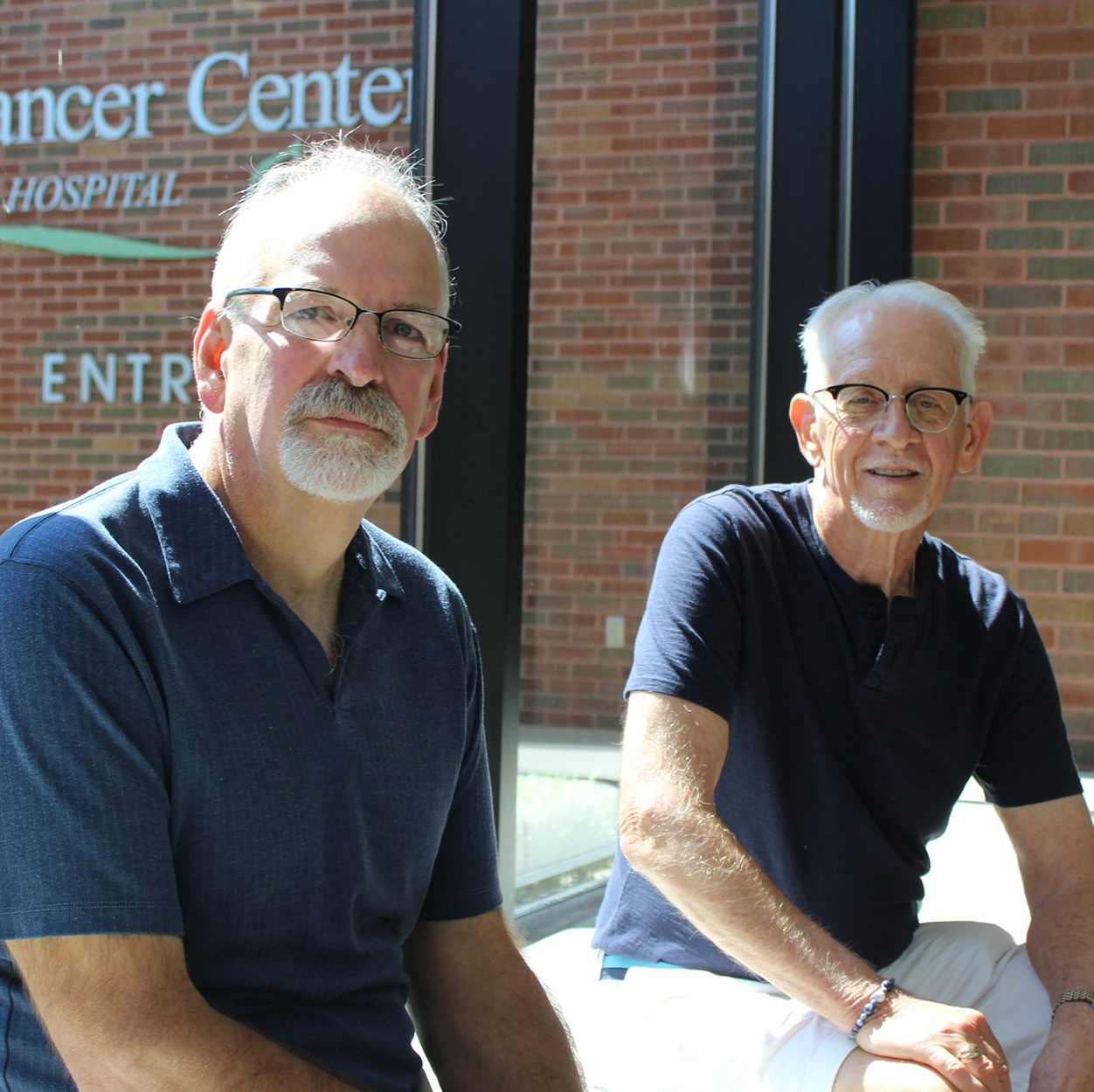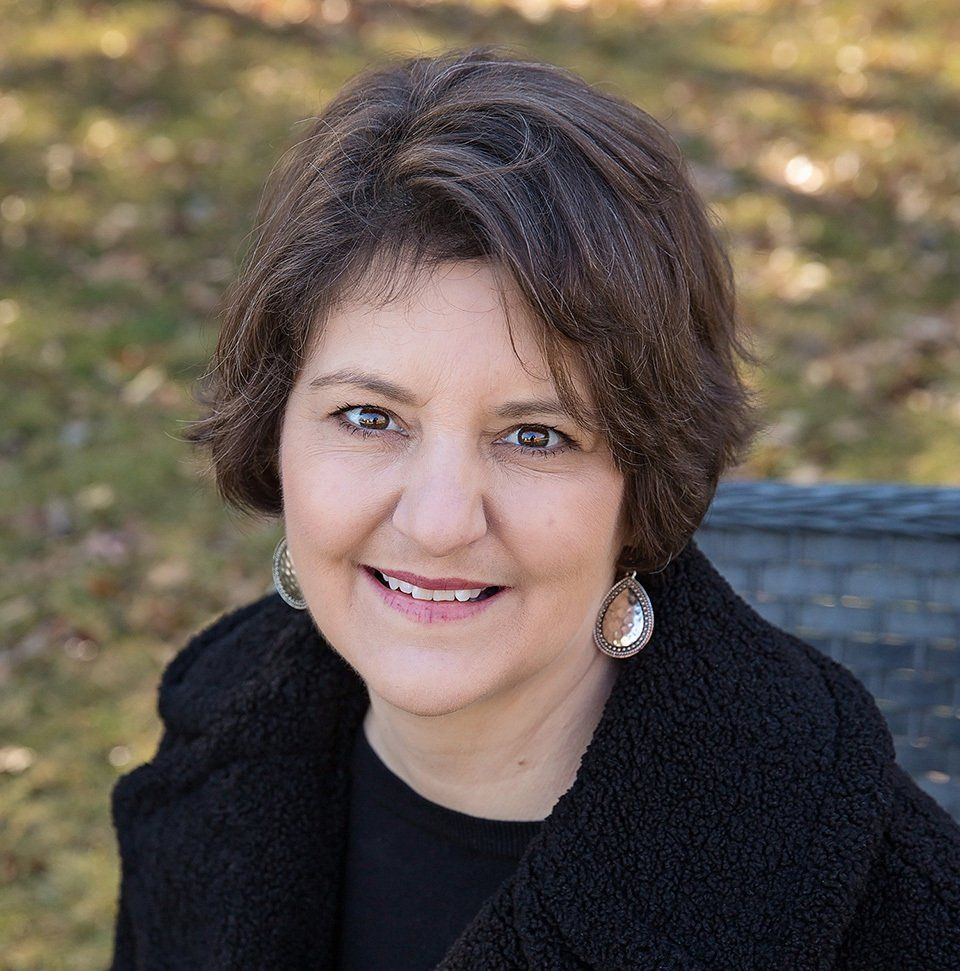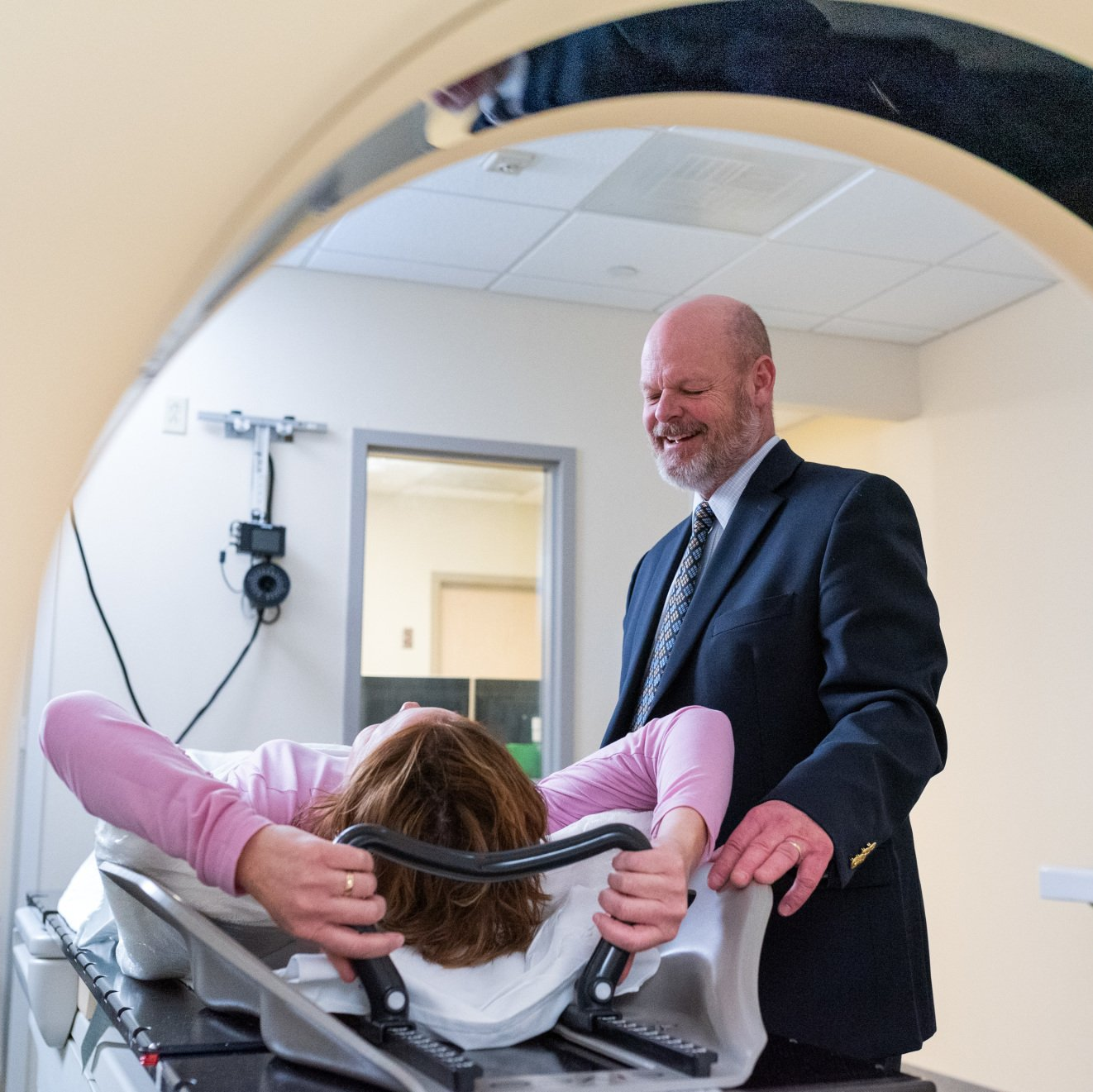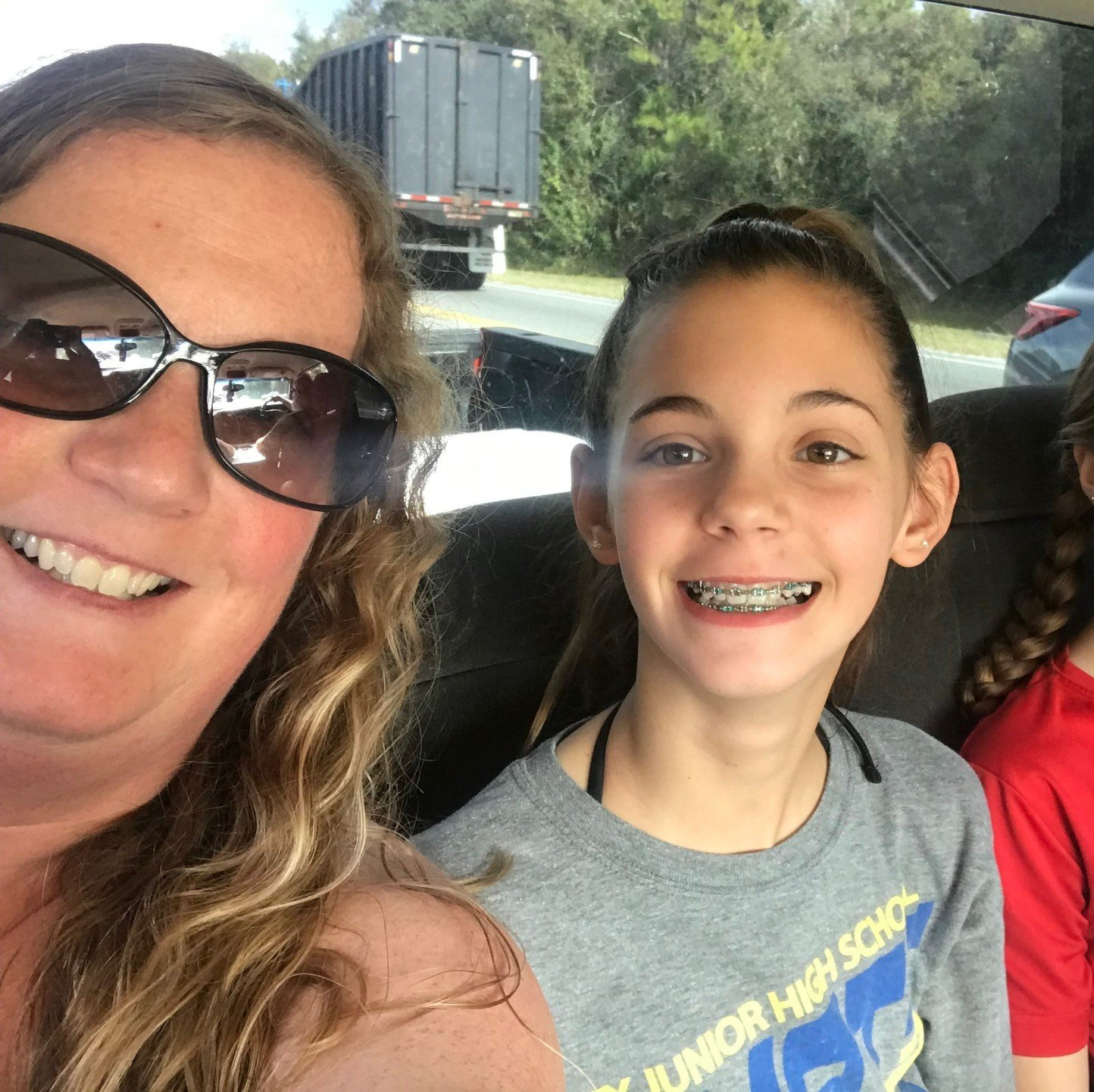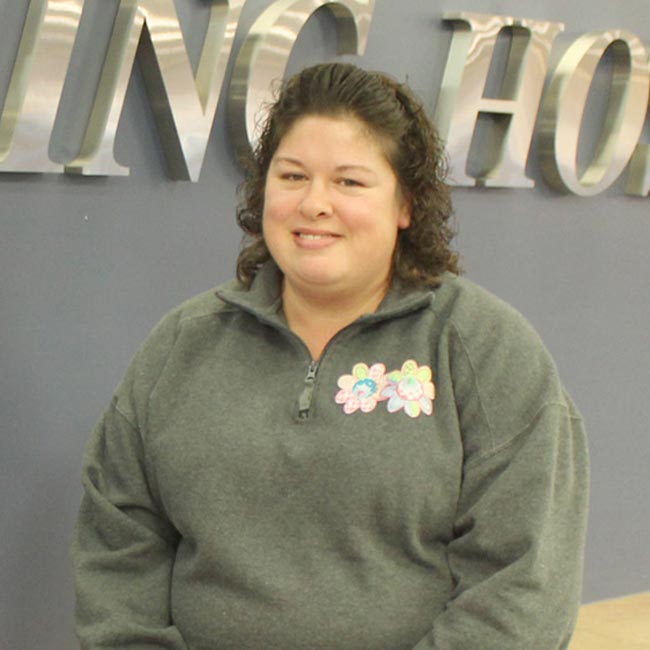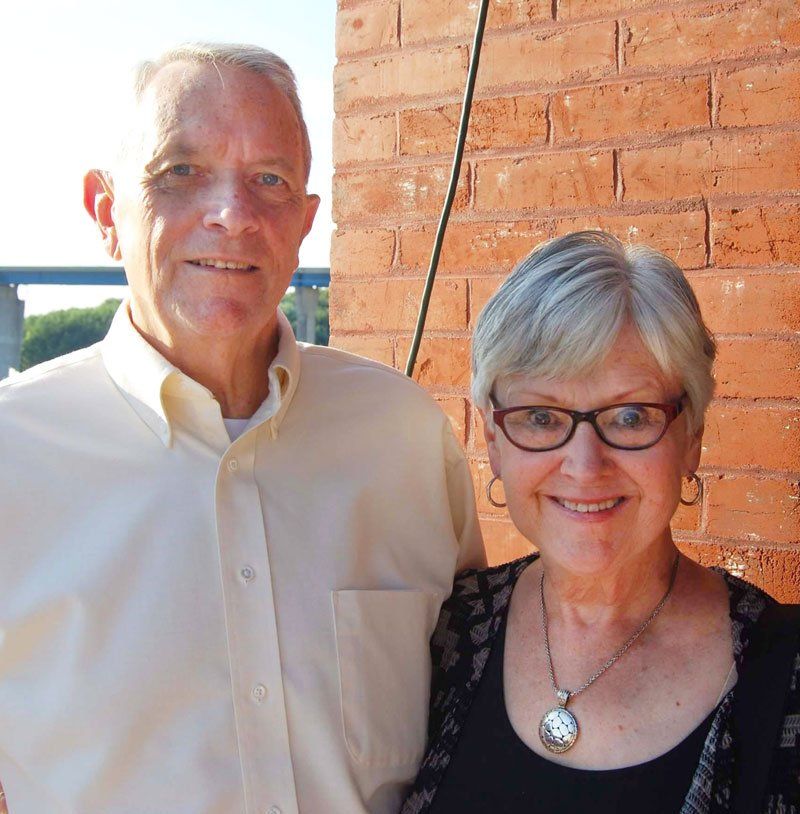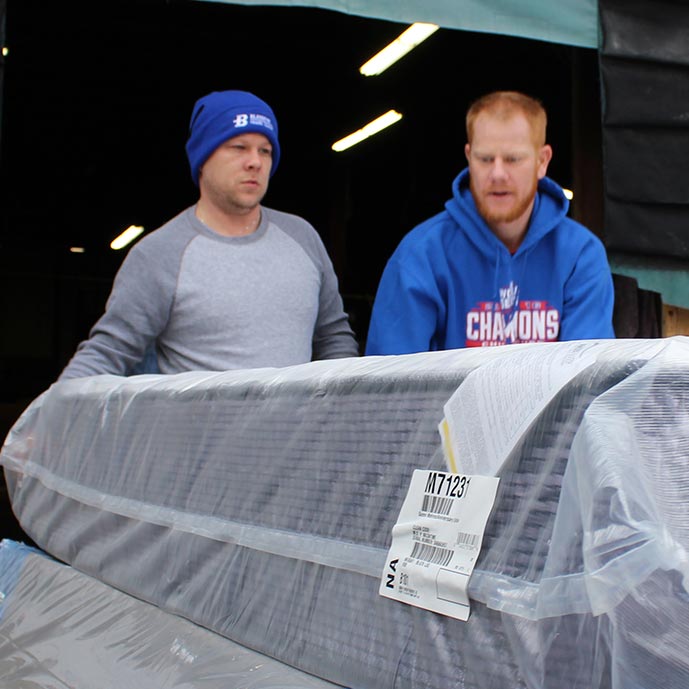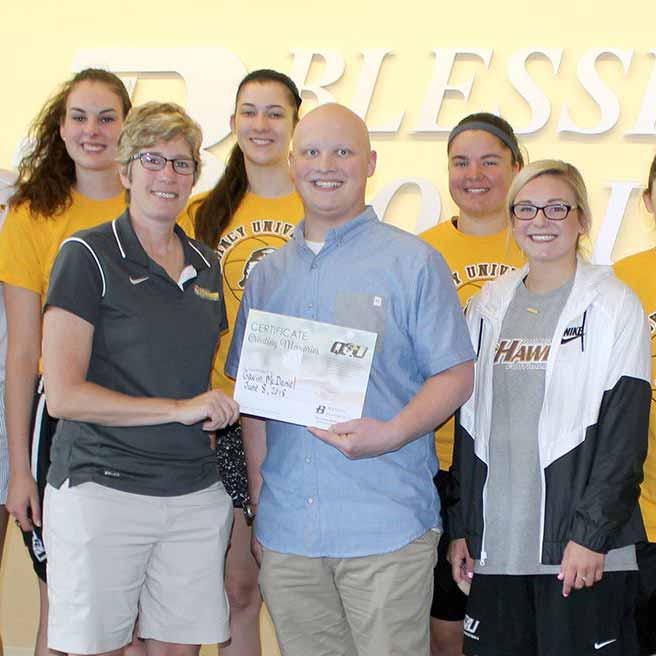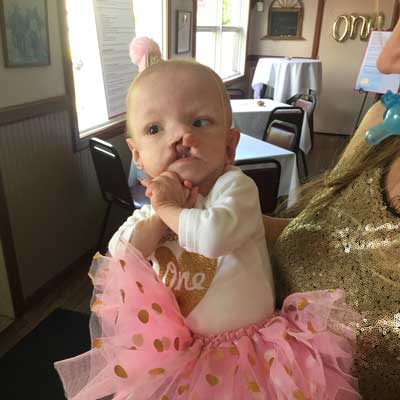In a time of economic uncertainty, Blessing administrators wanted to protect the future of health care in the region
Part of their strategy called for launching a public foundation, and its mission continues to improve lives today
Brad Billings was a young Blessing Hospital executive in 1983 when he was part of an innovative leadership team that created a new corporate structure that included a nonprofit charitable arm – the Blessing Foundation.
Now retired, Billings looks back on that decision as a catalyst for what has evolved into a highly trusted local charity that makes a monumental difference in people’s lives.
Since 1983, the Blessing Foundation has contributed more than $53 million to improve the health and lives of people in this region.
A Giving Community Gets Behind a Meaningful Mission
Billings says it’s astounding to reflect on the Foundation’s growth and impact.
“When we started it, we had hopes and dreams and aspirations. It has more than met expectations,” said Billings, who was senior vice president of Blessing Hospital when the Foundation got its start and served as its first president. He retired as president and chief executive officer of Blessing Corporate Services in 2014.
“It’s unique that the Foundation has flourished,” he said, noting that other hospitals throughout the country haven’t been as fortunate.
What has made the difference for the Blessing Foundation?
“Quincy is a very special place,” Billings says. “The community’s giving culture – you don’t find that in cities our size. And we always had good leadership at the board level and administrative level.”
He attributes the Blessing Foundation’s continued community support to a mission that people can get behind and an organization that people can trust.
“People give their money to organizations if they believe they do something important for the community,” Billings says. “They support organizations that are successful. They support organizations that are good stewards. They support organizations that help people who otherwise would not be helped.”
How It All Got Started
In 1983, the U.S. economy was in a tailspin. Inflation was high, mortgage rates had been escalating, and the federal government was looking for ways to get deficits under control. Hospitals across the country were concerned because the government was considering freezing hospital reimbursements and possibly making them spend down cash reserves before they could receive any financial relief.
Blessing’s Board of Trustees and the administrative team – led by Larry Swearingen, Brad Billings, and Jim Waterkotte – wanted to protect the organization’s assets and ensure the community’s health care needs would be met for years to come.
So, they took a somewhat unprecedented step to reorganize Blessing’s corporate structure. What was a single entity, Blessing Hospital, became five entities under a Blessing Health System umbrella: Blessing Corporate Services, Inc., a corporate holding company; Blessing Hospital; Denman Services, Inc., a for-profit corporation; Blessing Affiliates, Inc., a community education and health resource corporation; and the Blessing Foundation, a public foundation.
The Foundation’s Early Years
Blessing Hospital transferred $7 million in cash assets to the Blessing Foundation so it could begin its philanthropic work. Those funds came from donations that had been given to the hospital through the years.
“The Blessing Foundation’s initial intent was to provide alternative funding resources for new technology emerging in the health care marketplace so as to not ask patients to cover all those costs through patient care pricing,” Billings said.
Foundation funds initially supported technology in radiology and radiation therapy, as well as new cancer drugs.
Those investments were key in building Blessing Health System as a strong regional medical hub that not only improved patient care but helped recruit and retain talented physicians and other health care workers.
“Looking back, in 1983 the federal government’s plans to attach existing cash resources to hospital reimbursements never happened,” Billings said. “But had it not been for that threat, corporate restructuring might not have ever happened. So, in that regard, we are grateful for the imagination and creativity of the Blessing Hospital board to have parented the Blessing Foundation.”
Donors Come Through with Major Support
In the early years, the Foundation didn’t actively engage in major fundraising. A “Caring Club” appeal was made annually to ask donors to support specific equipment and technology needs within the Health System.
But when the time came to seek support for a major capital campaign – the construction of the Blessing Cancer Center – donors saw a need and responded. A total of $8 million was raised for the Cancer Center, which opened in 2002.
Ten years later, a “Building for the Future” campaign was launched to construct a new patient care addition on the north side of Blessing Hospital. Donors came through with an unprecedented $10 million for the Moorman Pavilion, which opened in 2015. Blessing Health System employees contributed $1 million of that total.
Through the years, the Foundation also has provided multiple millions of dollars in support of Blessing-Rieman College of Nursing & Health Sciences, scholarships for those pursuing nursing and other health-related careers, and grants to various Health System departments to improve patient care.
Once a year, the Foundation’s Board of Trustees approves grants for needs such as standing aids for ICU patients, a rehab intern program, child care scholarships, a maternity Cuddle Cot, innovations in telemedicine, a pharmacy surveillance system, a community outreach clinic, music therapy for hospice and behavioral patients – and so much more.
Since its inception, the Foundation has provided $53 million total for these annual grants. That’s an average of about $1.3 million a year.
An Evolution Toward Helping Patients in Need
In addition, an average of $672,764 in grants are given each year to Blessing Health System patients who need financial help during their health care journeys. These grants are given when there’s an immediate need that can’t be filled by other community resources.
“We help hundreds of patients get back on their feet, even after they go home,” said Ann Awerkamp Dickson, who took over administrative leadership of the Foundation in 2003, when the Foundation’s first executive director, Rick Smith, took another position within the Health System.
A year or so into her tenure, a grant application process was created to make it easy for Blessing’s social workers, care coordinators and other front-line staff to ask for financial help on behalf of their financially struggling patients, whether it be medication, medical supplies, transportation, food, or other urgent aid.
“The Blessing Foundation’s process is to be able to respond immediately,” Dickson says. “Most of the time, the cases are in front of a care coordinator and they need the medicine now, they need the cash now. They need something immediately, and that’s how we tend to operate … very quickly.”
For a look at some of these types of donations in action, click here.
The Foundation currently has 68 funds and 48 active scholarships. Donors can choose which fund they want to support, and they have the power to create a new fund and specify how the money can be spent.
It’s key for donors to know that 100% of their charitable donations go directly to the cause.
Members of the first Board of Trustees of the Blessing Foundation
- Loren Gillhouse, Chairman
- James Cox
- Sue Elmore
- Robert Hulsen
- E. Hayden Keys, M.D.
- Richard Neu
- John Phillips
- Kathy Pollard
- C. Dean Thomas
- Brad Billings, President/Chief Operating Officer
- Larry Swearingen, President/CEO
- Jim Waterkotte, Chief Financial Officer
Current members of the Blessing Foundation Board of Trustees
- Jason Stratton, Chair
- Laura Ehrhart, Vice Chair
- Patrick Gerveler, President
- Laura Gramke
- Melissa C. Griswold, PhD
- Jason Kvitle, O.D.
- Cindy Meyer
- Hal Oakley
- Jacob Scholz
- Will Spear
- Mark Stephens
- Kyle Venvertloh
Blessing Foundation Presidents
Blessing Foundation Administrators



